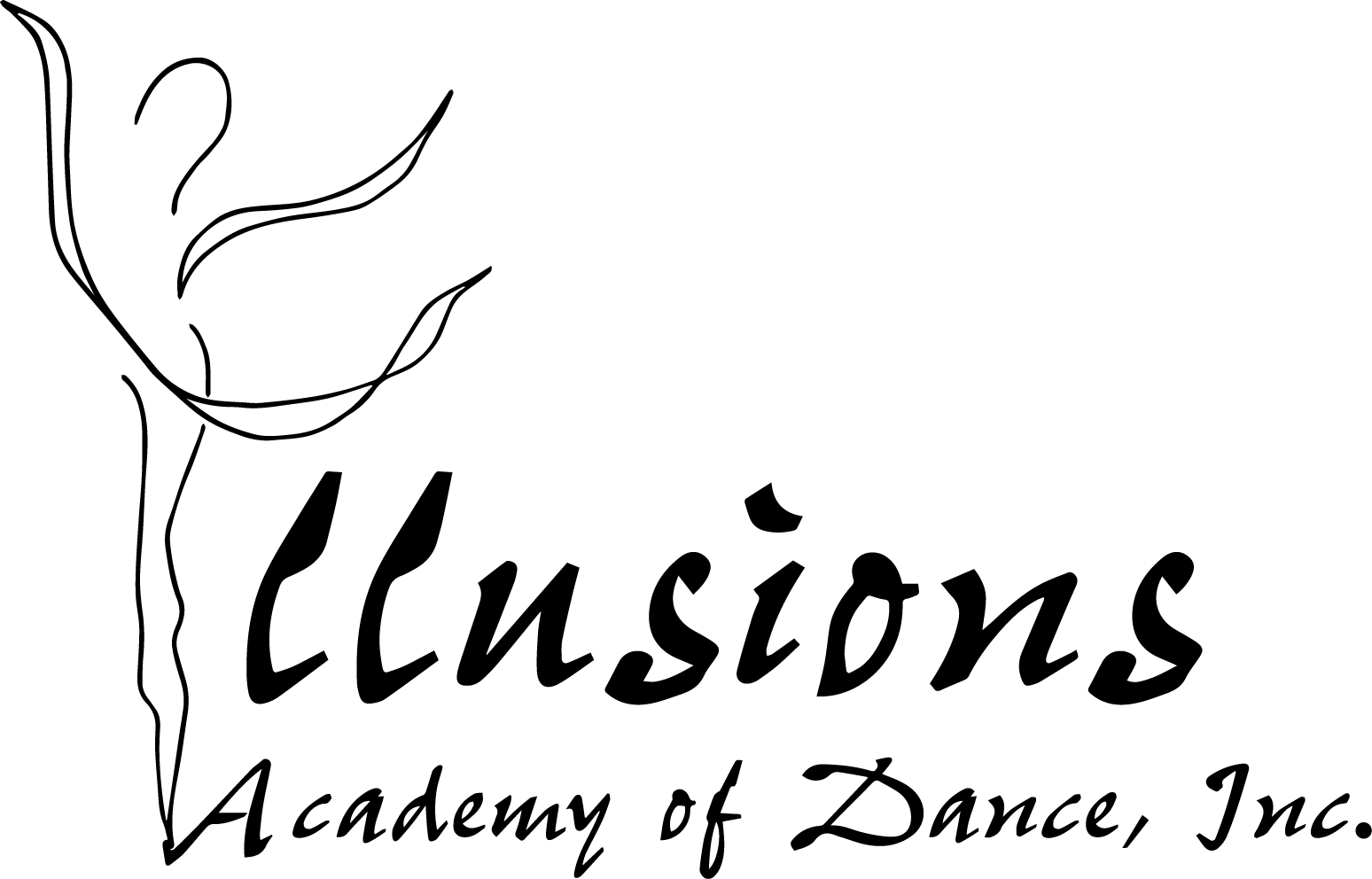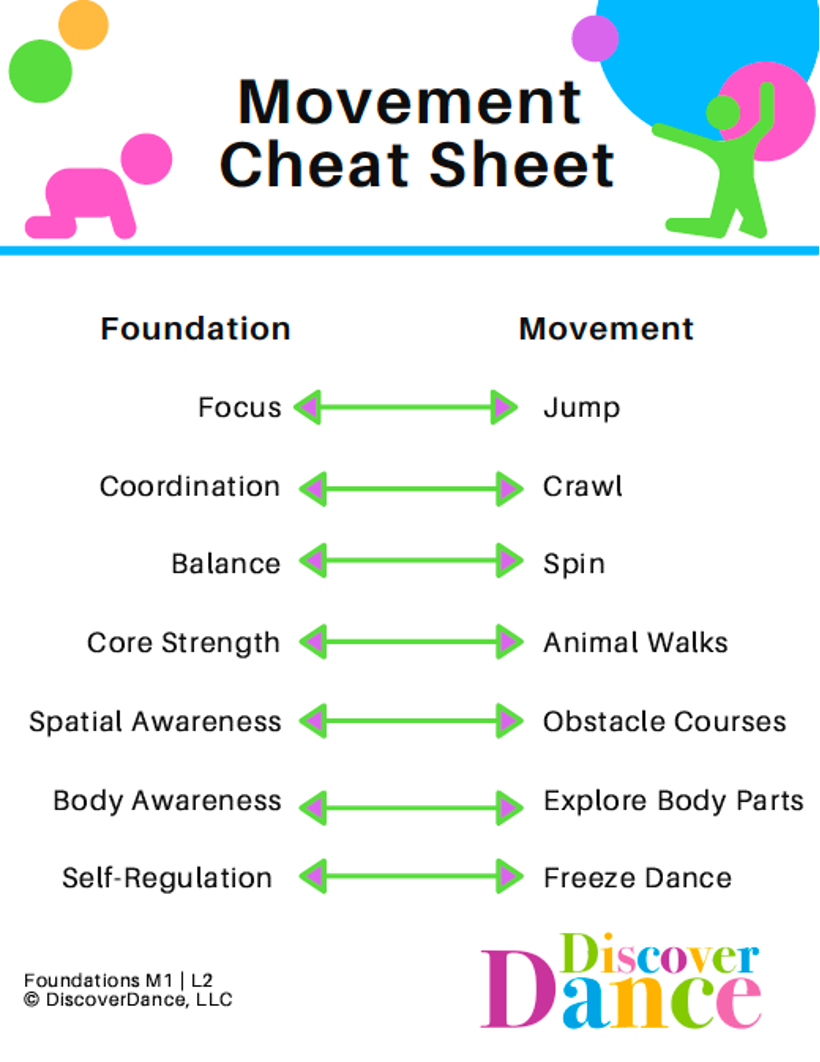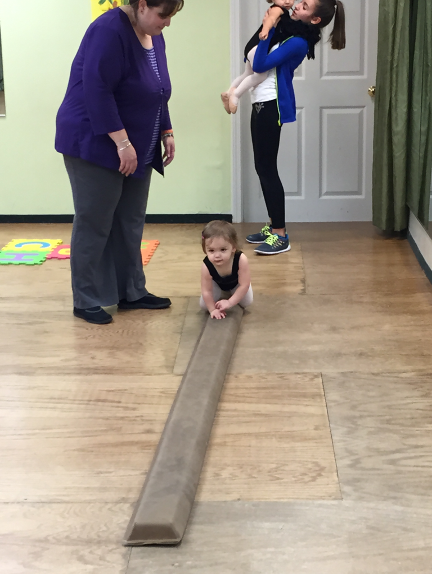Benefits of Dance for the Developing Child
How does movement help the developing child?
According to the book A Moving Child is a Learning Child,
“the body is the brain’s first teacher. And the lesson plan is movement… Movement develops physical capabilities, of course; but at the same time, it is building sensory perceptions and critical pathways in the brain necessary to reach full potential” (Connell, Gill and McCarthy, Cheryl. 2013).
This means that dance and movement lead to brain and body development that support the child in reaching their full potential as a human (Trench, DiscoverDance).
Young children begin dancing at different stages in the developmental process. At Illusions Academy of Dance, students participate in a conceptual curriculum that emphasizes comprehension of dance fundamental skills human beings need to live and function in the world. Brain science supports that if children do not have access to these fundamentals, they may not function to their fullest potential as a human.
This is the period of life for optimal brain growth. We are going to explore some skills for functioning in life and in dance training. Robyn Papworth writes:
“Jumping uses the part of the brain called the cerebellum. This part of the brain is responsible for our gross motor skill of balance, as well as focus, concentration, and attention. Children who typically find it difficult to jump and balance, may also find it hard to focus and may be easily distracted in the classroom because their cerebellum is underdeveloped. So, learning to jump on the spot and jump forward is one of the crucial skills needed for the development of children’s focus and attention skills.”
Before developing the skills needed to execute a grand jete, we must allow students the opportunities to simply explore jumping. At Illusions Academy of Dance, students’ progress through a curriculum that encourages this critical exploration for all ages!
It is important to note that this conceptual approach is applied across the age groups. The conceptual approach to dance training for the developing dancer is to be considered across all levels and ages. For example, young students learn concepts that progress into more advanced movements for the older students.
The images above show jumping exploration and the progression of the skill through the age groups.
According to Andrea Trench, crawling leads to improved coordination according to Integrated Learning Strategies.
“Have you ever heard of the right and left side of the brain? Well, to function at our best, these two sides need to be in full communication with one another and their ability to communicate is not an entirely inborn skill. There are things we must do to encourage these two sides to work together and crawling is a huge step. The movements required to crawl cause the two sides of the brain to interact which, in turn, improves coordination.”
Our curriculum at Illusions Academy of Dance, encourages students to explore foundational skills such as crawling through tunnels, under parachutes, and on balance beams to further develop these important skills.
Balance is another important dance fundamental concept. There are 3 essential factors needed to balance: healthy vision, a developed vestibular system (balance), and proprioception (body position awareness). Balance is a foundational skill that we need young dancers to develop before moving onto specialized dance skills; therefore, it is a critical stage in our progressive curriculum.
The images above show balancing exploration and the progression of the skill through the age groups.
Early childhood educator Rae Pica says:
“If we know that young children aren’t developmentally ready to be either still or quiet, why do we ask them to do so and expect they’ll comply? And if we know that joy is what inspires and motivates young children- and that movement is their preferred mode of learning- why aren’t we more often taking advantage of this knowledge?”
By fostering self-regulation in our class at Illusions Academy of Dance, we are setting the foundation for optimal learning. We know that students are having fun and developing foundational skills through activities like Simon Says, Freeze Games, slow and fast movement songs, and the use of props.
The chart below provides you with informative and foundational activities that are embedded in the curriculum for all ages here at Illusions Academy of Dance.
Check back on The Dance Stance with Miss Lauren soon for more fun facts and tips!











